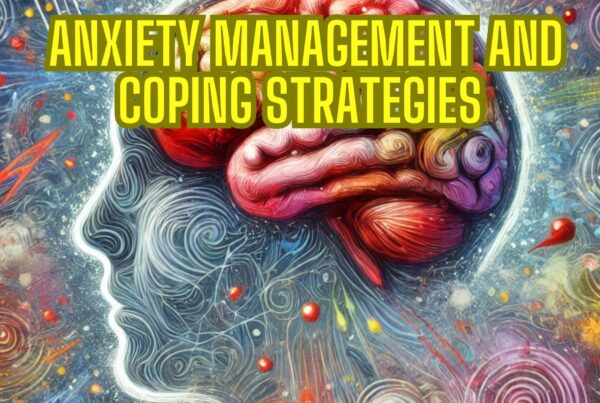How Our Brain’s Response to Remote Threats Shapes Anxiety
The Modern Age of Anxiety
In today’s fast-paced world, a subtle undercurrent of anxiety seems to permeate society. From the constant news updates on terrorism to the looming threat of global pandemics like Ebola, there’s a palpable sense of unease. At the core of these concerns lies a common thread: uncertainty. How do these distant threats, which may never directly impact us, manage to evoke such strong feelings of anxiety?
Anxiety: A Defense Mechanism
Anxiety is our brain’s response to potential future threats. It’s a step down from the immediate reaction of fear that we might experience when faced with a direct threat, like coming face-to-face with a dangerous animal. Instead, anxiety prepares us for possible dangers down the road. It triggers the release of stress hormones and shifts our focus towards potential threats. This can manifest as repetitive worries, heightened awareness of our surroundings, and a bias towards remembering threat-related information.
For instance, in the age of heightened security concerns, many might feel anxious about air travel. They might be more observant of fellow passengers, especially if they resemble members of known terrorist groups. Thoughts of past terrorist attacks might also be more readily recalled.
While mild anxiety can be beneficial—prompting us to prepare and plan for potential challenges—higher levels can be counterproductive. For example, in a study mimicking airport security screening, participants who were made anxious were more likely to miss spotting threats. This suggests that too much anxiety can actually impair our ability to detect real dangers.
Fear vs. Anxiety
While anxiety prepares us for future threats, fear is a reaction to immediate dangers. It’s a full-blown fight-or-flight response. Imagine walking alone at night and hearing a sudden noise; your heart rate would spike, your muscles would tense, and you’d be on high alert. This immediate response can be life-saving in genuine threat situations.
However, chronic or repeated fear responses can be harmful. For instance, individuals with posttraumatic stress disorder (PTSD) often have an overactive fear response. Their brains are constantly on alert, even in safe situations. This can lead to a range of health issues and can severely impact their quality of life.
The Social Aspect of Fear and Anxiety
Humans, being social creatures, have developed mechanisms to communicate threats to others. This is evident in animals, where specific calls or signals indicate the presence of predators. Similarly, humans use facial expressions and vocal tones to communicate fear and anxiety. Some brain regions even respond similarly whether we’re experiencing a threat ourselves or merely observing someone else’s fearful reaction.
While this shared fear response can be beneficial, it can also lead to widespread anxiety. For instance, constant media coverage of global threats can amplify feelings of anxiety, even among those not directly at risk.
Striking a Balance
While it’s essential to be aware of potential threats, it’s equally important not to let anxiety dominate our lives. Understanding how our brains process distant threats can help us manage our reactions and ensure that our responses are proportionate to the actual risk.
This article was inspired by a article originally published on The Conversation. Read the original article.
Book Your FREE 30 Minute Consultation With Release Hypnosis NOW!
Sign up to the newsletter
Powered by EmailOctopus
You may also like to read:
The Benefits of Mindfulness
‘I Can’ Vs ‘I Can’t’: Stuck In The Problem And Unable To Change
Goodbye 2016: The Year of Change
Why Bother? It’s Going To Be Crap Anyway.








